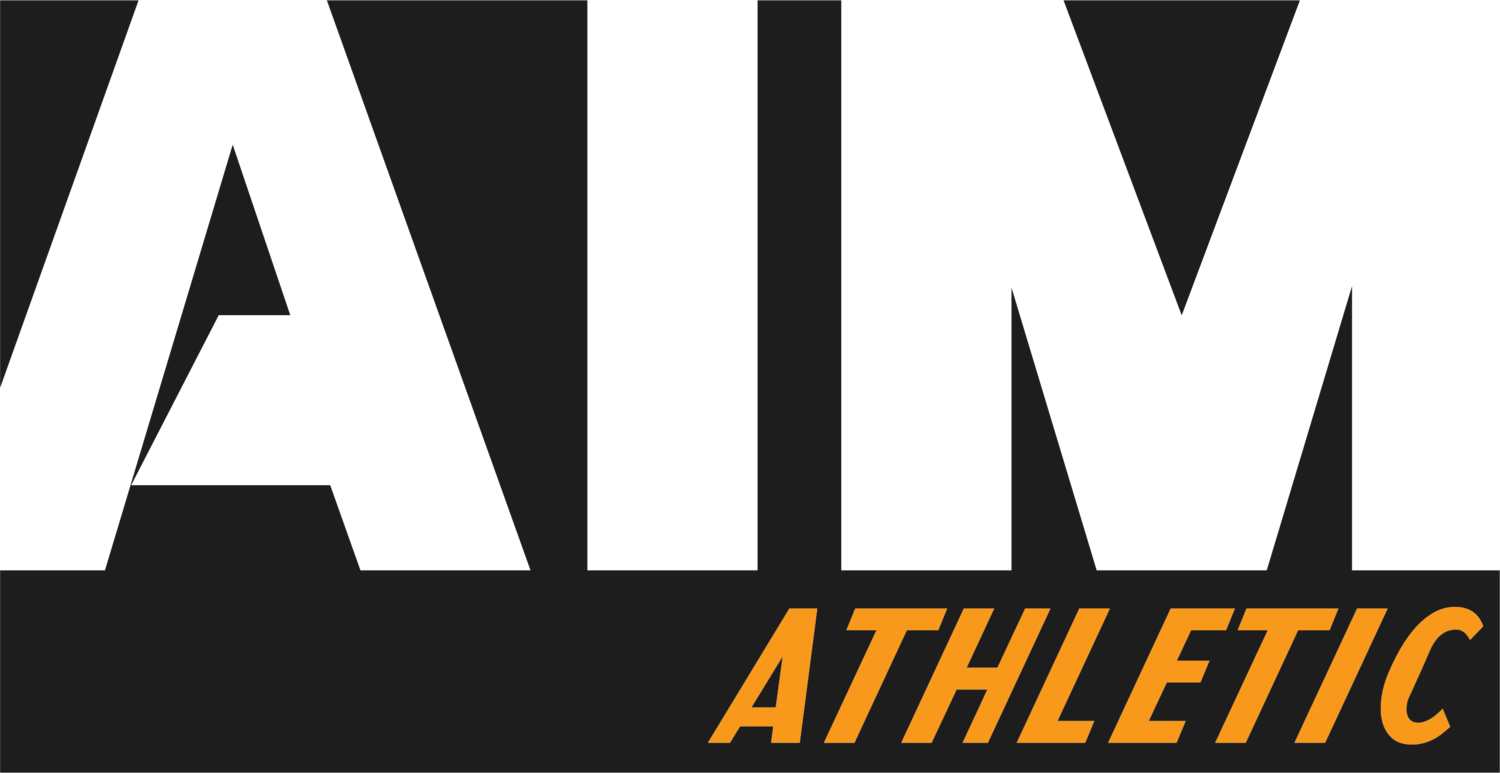The Myth of Specific Rep Ranges in Resistance Training
When it comes to resistance training, one of the most enduring myths is the idea that specific rep ranges lead to specific outcomes. You've probably heard it before, 8-12 reps for hypertrophy, 1-5 reps for strength, and 15+ reps for endurance. While these guidelines are widely accepted in the fitness community, it's time to challenge this conventional wisdom. In reality, the rep range you choose is only a small part of the equation, and what truly matters is the concept of progressive overload and taking sets within proximity of failure. Let's start by debunking the myth of specific rep ranges for different goals.
Many believe that performing 8-12 reps per set is the golden range for hypertrophy. While this rep range can indeed stimulate muscle growth, it's not the only way. Muscle growth primarily depends on creating tension and fatigue within the muscle, and this can be achieved through various rep ranges. The conventional wisdom suggests that lifting heavy weights for 1-5 reps is the key to building strength. While lower rep ranges are effective for improving maximal strength, they are not the exclusive path to getting stronger. High-repetition sets (15+ reps) are often recommended for building endurance. However, muscular endurance can be developed through other rep ranges as well. Which is why if you've attended any of our small group training or 1:1 personal training sessions at AIM, you may have noticed a mix of rep ranges in our workouts.
Aside from nutritional status (which we won't cover in this specific article), what truly matters in resistance training is not the specific rep range but rather two fundamental principles: progressive overload and taking sets within proximity of failure. Progressive overload is the cornerstone of any effective resistance training program. To make progress, you must consistently challenge your muscles by increasing the weight, reps, or intensity of your exercises over time. Whether you do 5 reps or 15 reps per set, the key is to progressively increase the resistance to keep your muscles adapting and growing. The other critical factor in resistance training is working your muscles close to the point of failure. Going to failure means you can't complete another repetition with good form. This principle applies across different rep ranges. Whether you're doing 5 reps with a heavy weight or 15 reps with a lighter weight, taking sets close to failure ensures that you're maximizing muscle recruitment and stimulating growth.
While rep ranges alone aren't the sole determinant of your training outcomes, they can still be tailored to your specific goals and preferences. If you enjoy the 8-12 rep range, by all means, use it, but don't be afraid to occasionally mix in lower and higher rep ranges to keep your training varied and challenging. If strength is your primary goal, incorporating lower rep ranges (1-5 reps) and compound movements like squats, deadlifts, and bench presses can be beneficial, especially with complexity and amount of nuance in these exercises. For those focused on endurance, higher rep ranges (15+ reps) with shorter rest periods can help build muscular endurance while still offering growth potential. The only downside to higher rep sets is that some exercises will be just brutal to do at higher volumes - imagine doing a set of 20-30 split squats per side, nasty regardless of the weight used.
In conclusion, the belief that specific rep ranges are the magic key to achieving particular fitness goals has existed for years. However, the reality is that rep ranges alone do not determine success in resistance training. Instead, it's your nutritional status, principles of progressive overload and training near failure that truly drive results. Ultimately, the best rep range for you is the one that aligns with your goals and keeps you motivated. The key to making progress in the gym is to continually challenge your body by increasing the intensity, regardless of the specific number of reps you perform. So, let go of the rigid rep range dogma and focus on the bigger picture of consistent effort and smart training. Your body will thank you with gains in strength, size, and overall fitness.
You've got the info now its time to take AIM,
